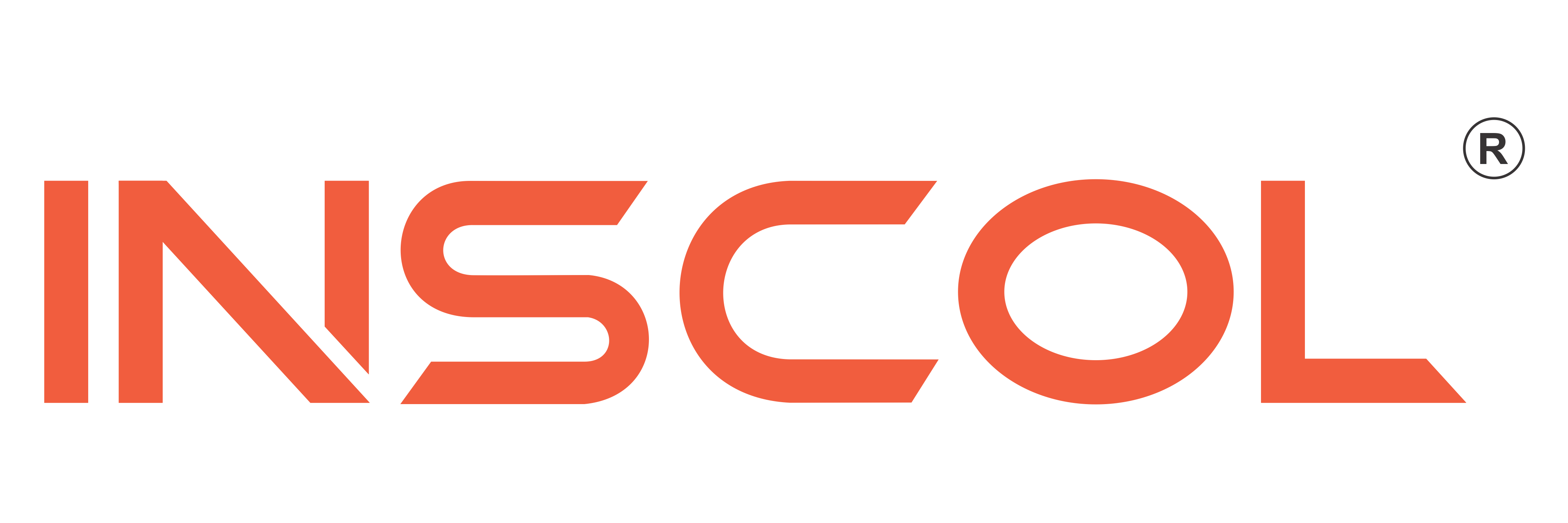Canada has long been a widely popular destination for healthcare professionals, particularly nurses. With its excellent healthcare system, strong demand for skilled workers, and paths to permanent residency (PR), it’s clear why many are eager to make the move. However, the visa process for nurses moving to Canada, whether to study, work, or settle permanently, can feel overwhelming. That’s why we’ve broken it down into a step-by-step guide to help you along the way.
Why You Should Study Nursing in Canada Before Working?
While it’s possible to move to Canada as an internationally trained nurse, studying nursing in Canada offers several advantages. Enrolling in a Canadian nursing program can make you familiar with best practices in the Canadian healthcare system, improve your English language skills, and enhance your qualifications to meet provincial registration requirements. Additionally, studying in Canada can increase your chances of obtaining work experience in Canada, boosting your competitiveness in both the job market and immigration pathways.
Canadian education also opens doors to immigration streams tailored for international students, such as the Post-Graduation Work Permit (PGWP) and pathways to PR. By choosing to study nursing in Canada, you’re setting yourself up for long-term success.
Eligibility Requirements for Studying Nursing in Canada
Before you can begin your nursing education in Canada, you need to meet certain eligibility requirements. While requirements may vary by school and province, the following are typically needed:
- Educational Background
- A Nursing Diploma/Degree.
- Language Proficiency
- Most programs require an IELTS score of 6.0 or higher.
- Proof of English language skills (IELTS/PTE) depending on the province.
- IELTS/ PTE is not required if the candidate is from an English-speaking country.
- Financial Proof
- Demonstrating enough funds to cover tuition fees, living expenses, and other associated costs.
- Application to a Recognized Institution
- Ensure the nursing school you apply to is a Designated Learning Institution (DLI) in Canada, as this is required for a study permit application.
Canada Student Visa Process for Nursing Students
Once you’ve secured admission to a nursing program in Canada and have the required documents, the next step is applying for a student visa. Here’s how to do it:
- Acceptance Letter
- Obtain a letter of acceptance from a DLI.
- Gather Documents
- Valid passport.
- Proof of financial support (bank statements, scholarship letters, etc.).
- Letter of intent explaining your study purpose.
- Language test results if applicable.
- Submit Your Application Online
- Submit your application using the Immigration, Refugees, and Citizenship Canada (IRCC) portal.
- Biometrics Appointment
- You may need to provide fingerprints and a photo at a visa application center.
- Medical Examination
- Undergo a medical exam approved by Canadian authorities, ensuring you’re in good health.
- Visa Decision
- A positive decision from the IRCC allows you to travel to Canada with a study permit. Keep in mind that this permit allows you to study and often work part-time during your studies.
Work While Studying: How Nurses Can Gain Experience
Work experience is a key component of a successful nursing career in Canada. Fortunately, Canada allows international students to work part-time while studying. Here’s how to make the most of these opportunities:
- On-Campus Jobs: Many institutions have on-campus job openings that are flexible for student schedules.
- Off-Campus Work Permit: Your study permit may allow you to work up to 24 hours a week during the semester and full-time during the scheduled breaks.
- Research Assistant Roles: Universities often hire research assistants in healthcare-related projects, which can complement your studies.
Gaining experience while studying not only strengthens your resume but also builds a professional network in Canada’s healthcare sector, setting you up for employment after graduation.
Post-Graduation Work Permit (PGWP): A Gateway to PR
After completing your nursing studies, the next step is transitioning from a student to a worker in Canada. The PGWP is a popular pathway:
- What is PGWP?
The PGWP is an open work permit allowing international students to remain in Canada and work for up to three years, depending on the length of their program.
- Benefits for Nurses:
With a PGWP, you can gain valuable Canadian work experience in the healthcare field. Most provinces prioritize candidates with Canadian experience for PR.
Once you’ve gained enough work experience under your PGWP, explore PR programs like Express Entry’s Canadian Experience Class or provincial nominee programs (PNPs) targeting healthcare professionals.
Conclusion
The visa process for nurses moving to Canada may seem complex, but with the right guidance, you can smoothly transition from studying to working and eventually obtaining PR.
By studying nursing in Canada, gaining work experience, and leveraging immigration pathways like the PGWP, you’ll position yourself for a rewarding career in one of the world’s most respected healthcare systems.
If you’re ready to take the first step, explore the free consultation offered by INSCOL and find the best nursing program suited for you! Visit our website to learn more and start your Canadian nursing journey today.






